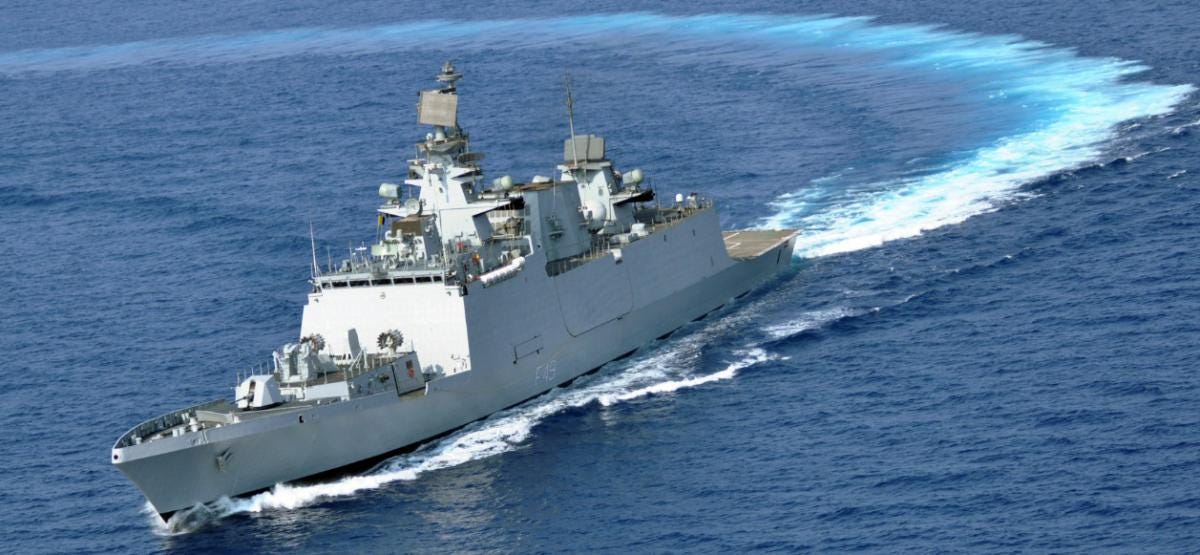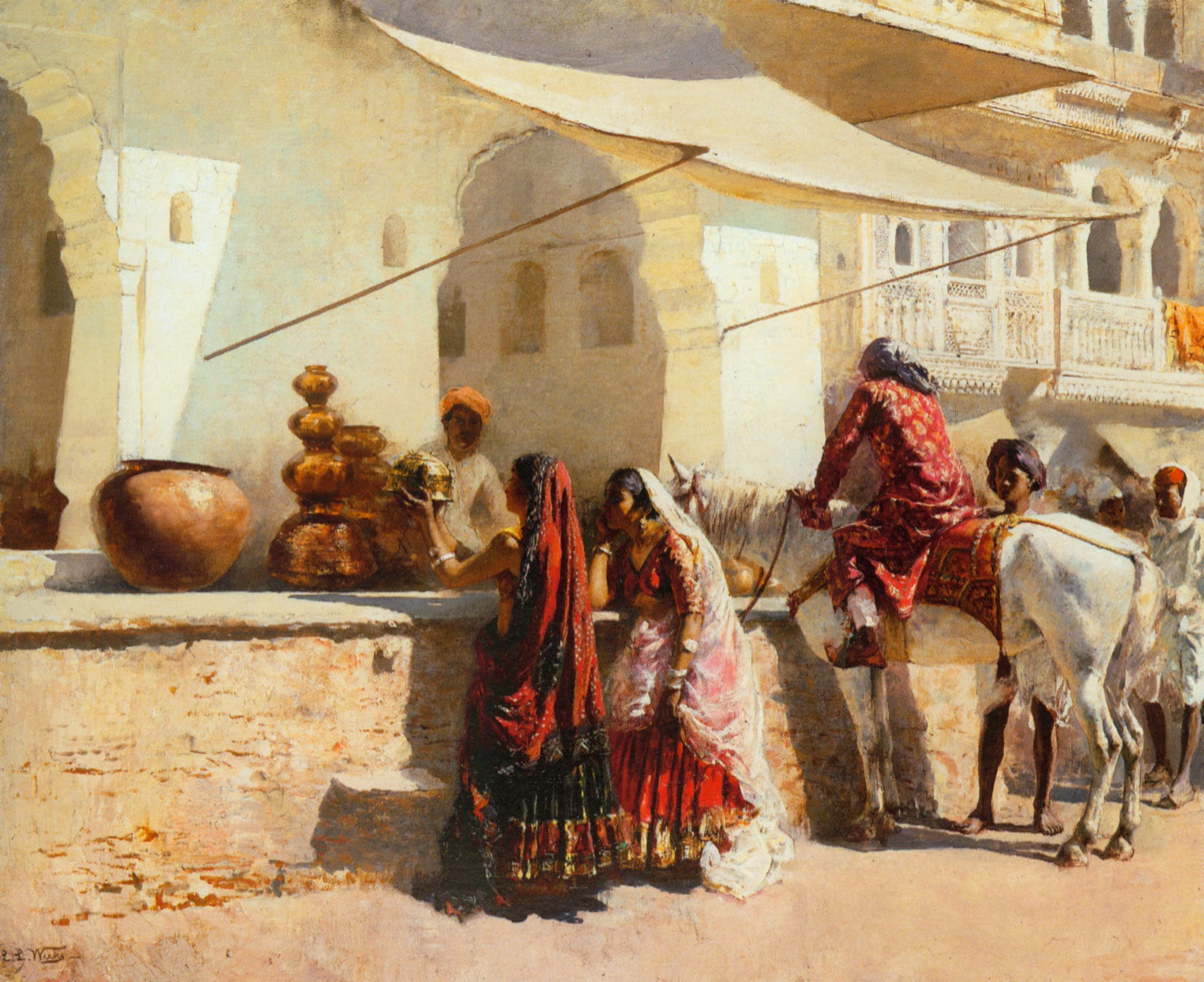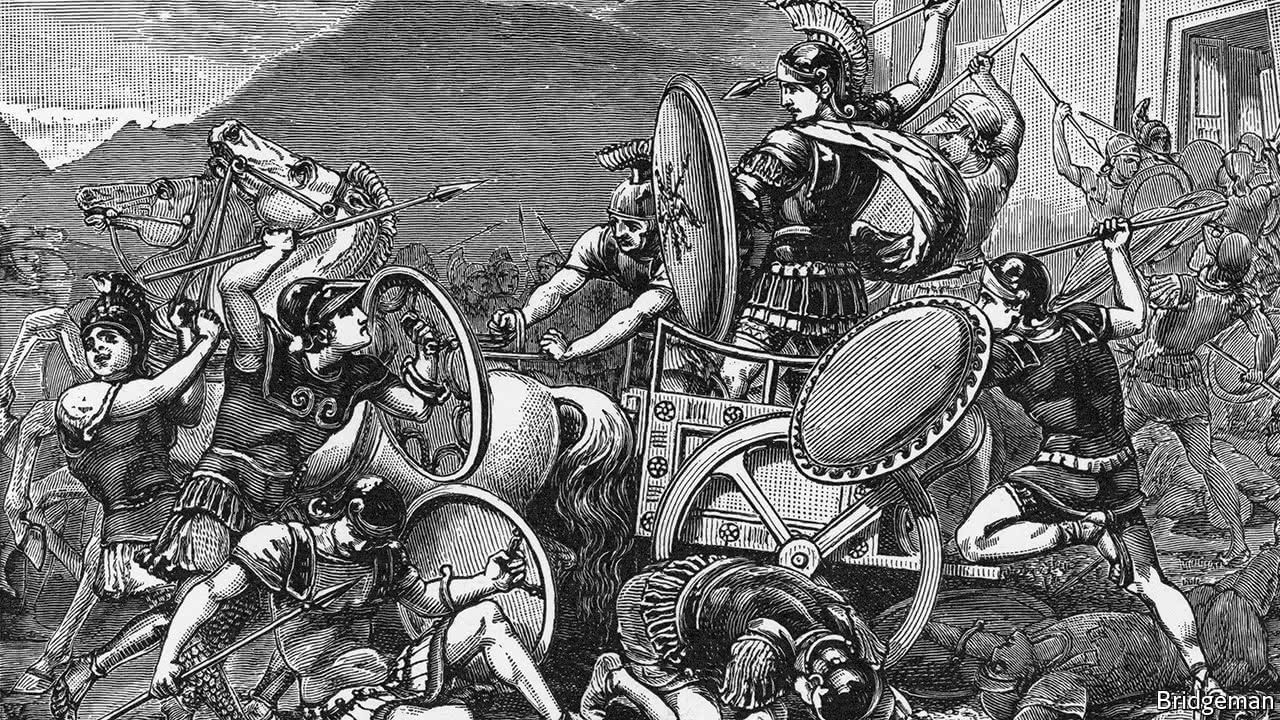By Lt Gen H S Panag
Depending upon the situation, we must mobilise to call China's bluff and be prepared for border skirmishes or even a limited war.

"Yatung was a small spread out town... we were received by representatives of the Chinese General in Command at Lhasa, and of the Dalai Lama and Panchen Lama." Thus wrote Jawaharlal Nehru to the Chief Ministers of India on October 15, 1958, describing his stay at Yatung for two days in September-October 1958, during his to and fro journey to Bhutan through the heart of the Chumbi Valley. Today it seems like a fairytale, but for 50 years up to 1954, we had an Indian Army Infantry Battalion located at Yatung with a detachment at Gyantse. These were gradually withdrawn after the Panchsheel Agreement was signed on 27 April, 1954. We continued to have our Consul General in Lhasa and Indian Trade Agency trading posts at Yatung, Gyantse and Gartok upto 1962 when they were wound up.
Chumbi Valley has been in the news for a couple of weeks owing to reports about the Chinese intrusion into the Doklam (Donglang according to China) Plateau. There has been some confusion created about the place of intrusion with names like "trijunction", "Doka La", "Sikkim Border", "Donglang", "Mount Gipmochi (Gyemo Chen)" and "Doklam" used by the angry People's Republic of China (PRC) and People’s Liberation Army (PLA) spokespersons, and our media.
Where is Doklam Plateau?

Doklam Plateau is an 80-89 square km plateau with average altitude of 4,000-4,500 meters, located in Western Bhutan. It is a salient of Bhutanese territory that juts north into the Chumbi Valley with India (Sikkim) to the north-west, west and south-west and Tibet to the north, east and south-east. The trijunction of India, Bhutan and Tibet is on the north-western edge of the Doklam Plateau where the Batang La post of India is located and north-west of which along the crest line are the Indian defences of Sikkim.








 Map of the Sino-Indian Border. Graphical construction superimposed on Google Maps.
Map of the Sino-Indian Border. Graphical construction superimposed on Google Maps.










